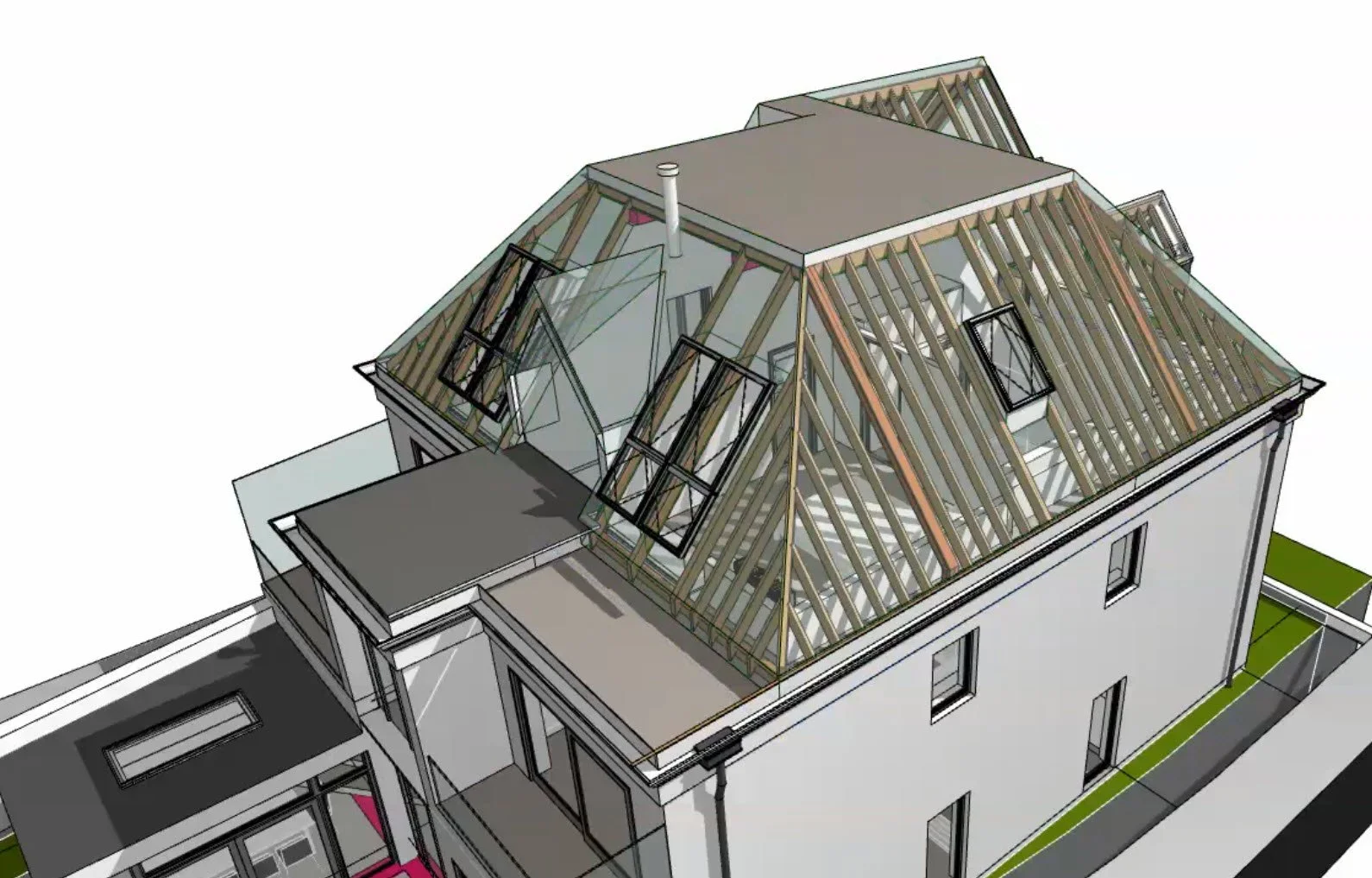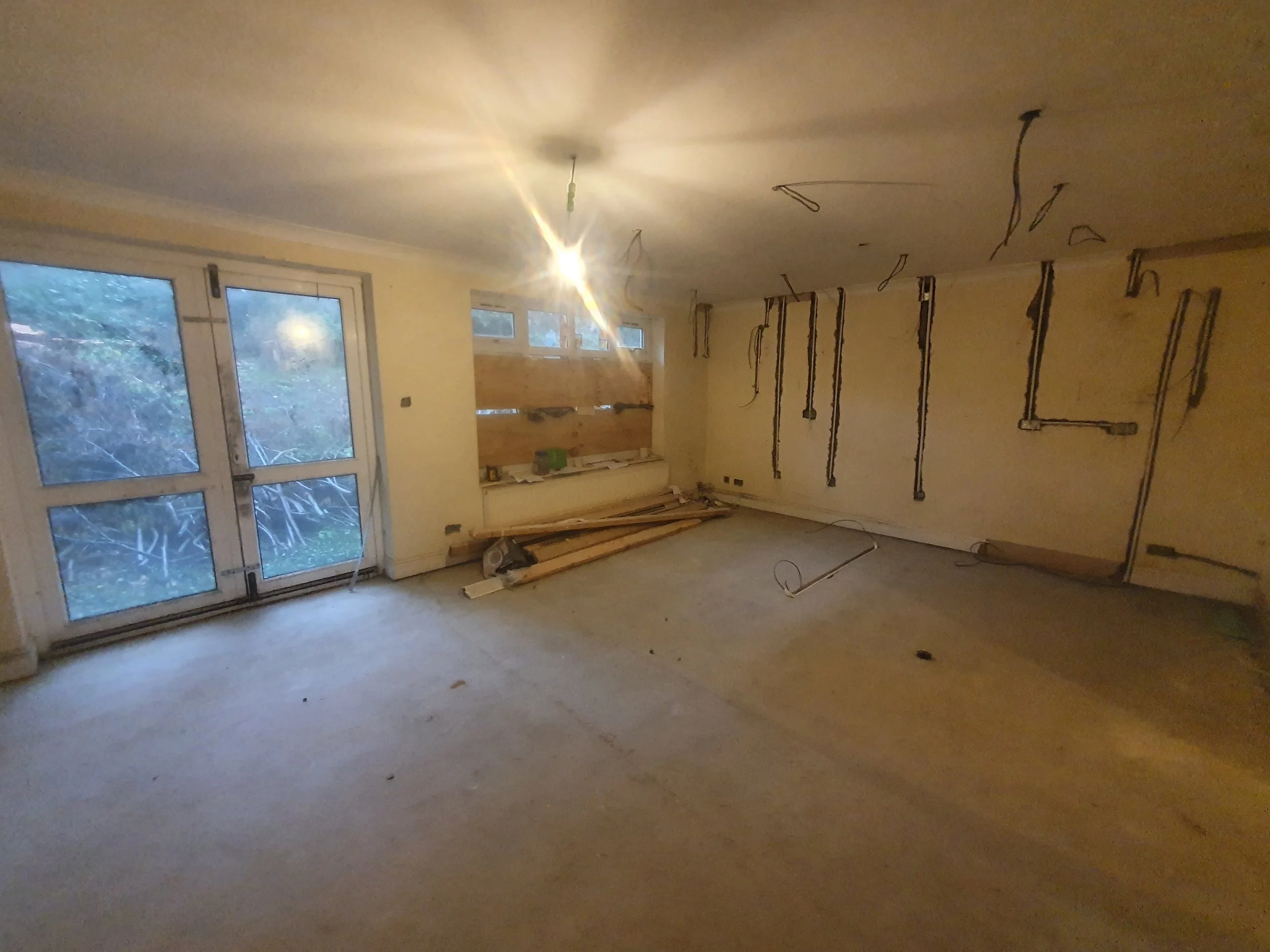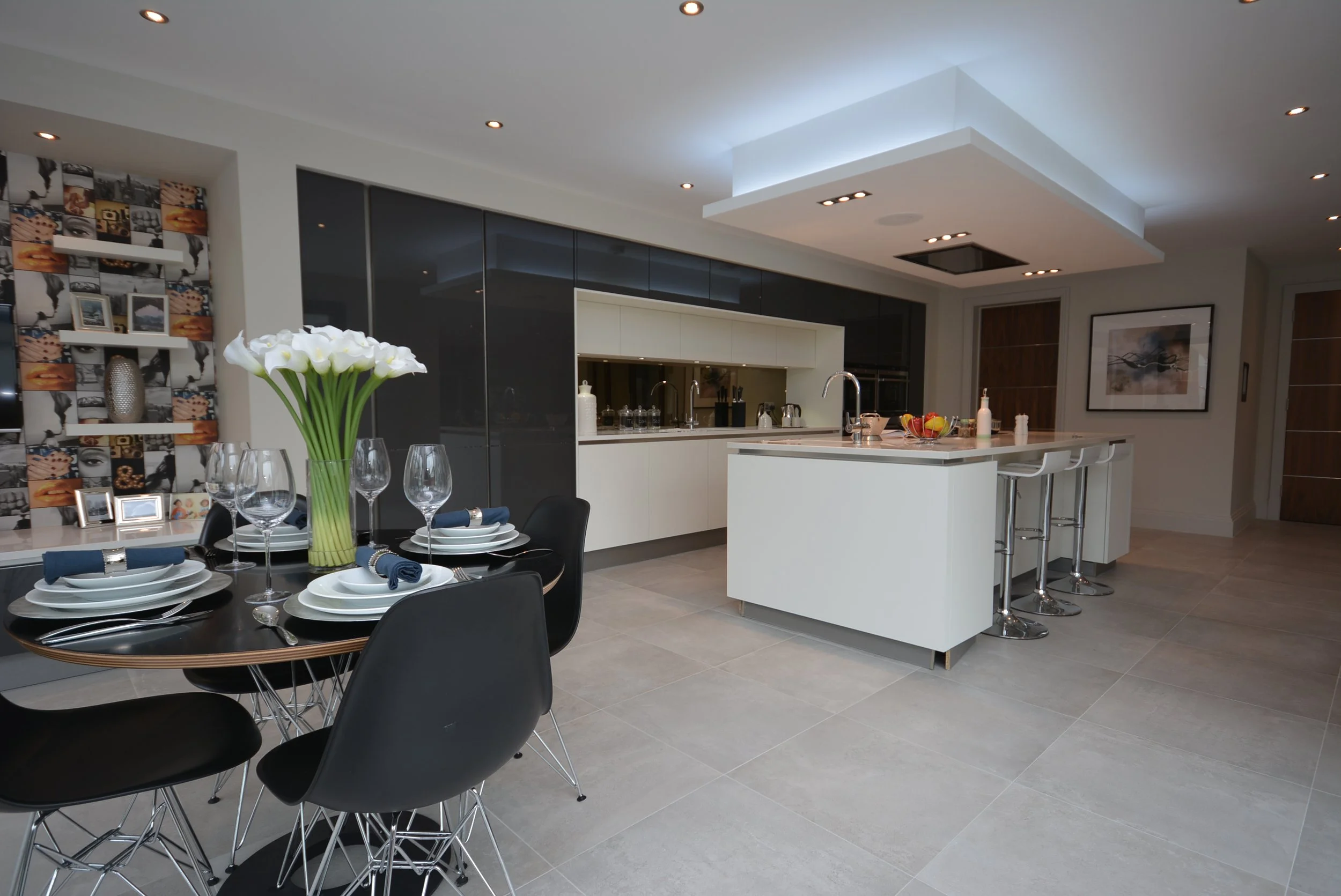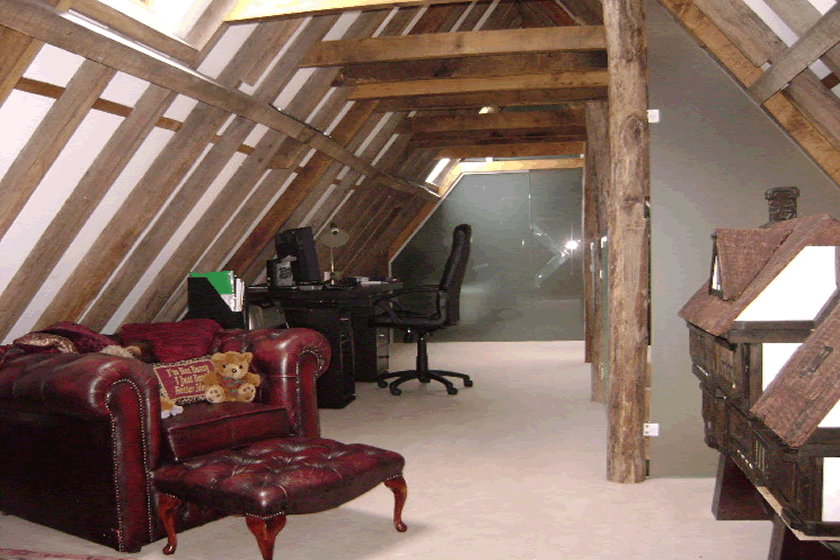COMPLETE GUIDE TO PLANNING PERMISSION
Does your project require planning permission and if so how do you apply? This complete guide is an essential starting point for those new to the planning process based on information given in September 2018. If applying for permission sometime after this please be aware that the information given by your local authority may have changed.
What is Planning Permission?
So you want to build your own house on a piece of land or make changes to your existing home. To do this you need permission from your local authority. Planning permission is a formal document, issued by the Council, which allows development at a particular site. The planning permission is attached to the land and can be implemented by anyone, not necessarily the person who has applied for the permission in the first place.
The Council considers all local and national planning policies together with the views of statutory consultees and the local community when dealing with applications for planning permission.
Some development is allowed without permission which is called permitted development. Other development requires a prior notification application which is known as prior approval. Find out if you need planning permission or prior approval. In addition, you may also require Building Regulation approval.
Do I need planning permission for any changes I make to my property?
If your project involves the creation of a new dwelling (by either building from scratch or subdividing an existing home), then planning permission is normally required.
Adding outbuildings or building extensions will require planning permission, depending on the size of the project and the level of Permitted Development rights afforded to or still remaining on a property.
Smaller additions and improvements can normally be made under your Permitted Development Rights.
What are Permitted Development Rights?
Permitted Development allows for smaller, minor improvements, such as converting a loft or modest extensions to your home, to be undertaken without clogging up the planning system. Scotland, Wales and Northern Ireland each benefit from their own version of these rules.
The level of work that can be carried out under Permitted Development depends on a variety of factors including:
location (Areas of Natural Beauty and Conservation Areas have different rules)
the extent of work already carried out on a property.
There are different types of planning permission with the most common being:
Outline Planning Permission
Full Planning Permission
Outline Planning Permission
Lets say, for example, you have bought a piece of land and you would like to build a house on it! You want to know if you can even build on the land first so you may look at getting Outline Planning Permission. This simply is an application to your local authority informing them of your intent to build on the land and they will inform you what size house you could build.
Compared to a Full Planning permission application, the Outline application does not require as much detail of your intent, just more of a brief ‘outline’ of what you are planning on doing.
PLEASE NOTE: Outline Planning Permission is not a legal requirement when looking for planning permission. Depending on your project you may prefer to apply for Full Planning Permission as your first step.
Full Planning Permission
Knowing whether or not you need Full planning permission is something you need to check with your local authority. When applying you will need to initially fill in an application form. An example of this form can be found below..
Examples of when you may need to seek Full Planning permission are:
Structural alterations
Building in your garden
Demolishing an existing building
Extending your property (dependant on size)
Changing the the main use of a building
NOT SURE WHICH PLANNING ROUTE IS RIGHT FOR YOUR HOME? WE OFFER FREE CONSULTATIONS TO ALL HOMEOWNERS, SO YOU CAN KNOW WHAT’S UP BEFORE YOU BEGIN.
What does it cost to apply for planning permission?
The amount you will pay for an application does vary depending on the nature of your project. The current cost for application for a new build in England and Wales is £462. If looking to renovate or improve your home the cost is around £206. In Wales it costs slightly less, around £190.
What Does a Planning Application Include?
In general terms, an application should include:
five copies of application forms
the signed ownership certificate
a site plan, block plan, elevations of both the existing and proposed sites,
a Design and Access Statement
the correct fee
Design and Access Statement
A Design and Access Statement must be accompanied with your application if you are planning on major development. It is essentially a report justifying that the design is appropriate for the environment in which the development will reside and that sufficient access can be made to the property by potential users.
Overall, the Design and Access Statement is to make sure that you have considerably thought about the impact of your development on the surrounding area. This also includes the effect on local people who maybe disabled, young children and the older generation.
Planning Permission Conditions
Sometimes the planners will grant permission subject to certain criteria than need to be met/agreed to within a certain time frame. These conditions are extremely important. Failure to comply can result in what is called a breach of condition notice, to which there is no right of appeal — not to mention it could be enforced through the courts by prosecution.
Conditions might be as simple as requiring that materials must match existing ones, or that all boundary treatments must be agreed.
How long does the application take?
Once your application has been submitted, the planning department will check that all of the information it requires has been received together with the correct fee. Local authorities are supposed to determine planning applications within 10 to 12 weeks of registration, and the majority of straightforward householder applications will be dealt with within this timeframe.
A sign is posted outside the address relating to the proposed development and any neighbours likely to be affected are written to and invited to view the plans and to comment. This is known as the public consultation process and it takes three to eight weeks. The authority will make statutory consultations to the local Highways department, and where necessary the Environment Agency as well as others.
What happens if my application is refused?
Around 75% of applications are approved in England and Wales. However, if you are refused application for planning permission you can either amend the application already submitted to fit with the Local authority guidelines or make an appeal. According to research, around 40% of appeals to the local planning inspectorate are later granted!
I’ve got planning permission! When do I start building??
Upon receiving planning permission you have 3 years to start your project. After the 3 years you would need to apply for again.
Planning Permission FACTS
Overall, it should take no longer than 8 weeks for you to receive a decision from your local authority about your planning application
You can actually apply for planning permission on ANY piece of land in the country, whether you own it or not!
You can withdraw you application at any time and re-apply free of charge! You might do this if you realise your application is going to be refused. You can then amend it and send it back with no extra cost!
It can be a worry that people local to your planned development may try and stop the application going ahead. However, this can sometimes have no impact on your application at all (you might not be very popular for a while though)
This Complete Guide to Planning Permission is only a basic outline of the things you need to be aware of when making an application for planning permission.












